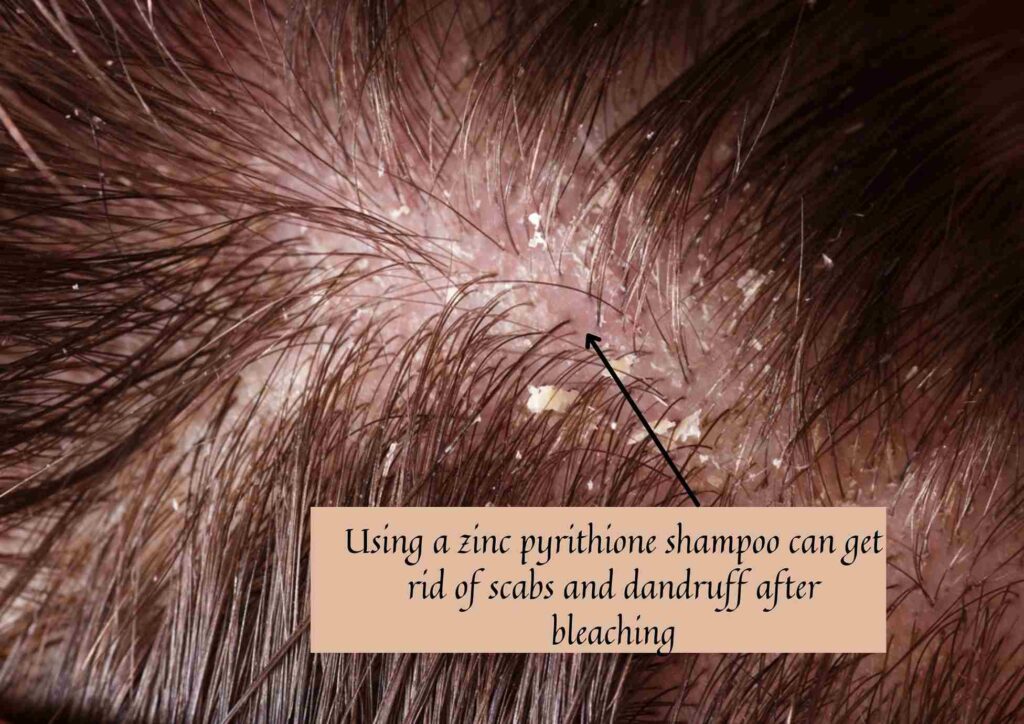

With the help of testing they can diagnose your symptoms and help you find relief so you can continue to enjoy swimming. If you feel like you have a chlorine allergy or sensitivity, it’s time to see an allergist. Stuffy nose due to blockage or congestion.Coughing, especially at night, with exercise, or when laughing.

People with asthma, EIB and allergic rhinitis, who already have sensitive airways, might also have the following symptoms: Hives may appear suddenly and may grow in size. Hives ( urticaria) share some of these symptoms (itchiness and redness), but with raised patches or bumps with well-defined edges.
#Chemical burn from bleach skin#
Skin redness, tenderness, inflammation, and/or itchiness at the site of contact.Skin sensitivity to chlorine can present the following symptoms: Finding facilities with lower chlorine concentrations may resolve your sensitivity. It may not impact people with less frequent exposure in fact, some studies have shown household use of chlorine bleach can actually reduce the onset of allergies to household allergens such as dust mites, possibly by inactivating allergens.Ĭhlorine sensitivity can occur when swimming pools increase the amount of chlorine, for example, in response to health scares such as “Swine Flu” or E. Olympic gold medalist Amy Van Dyken and five-time Australian gold medalist Ian Thorpe. Many Olympic swimmers have suffered from chlorine sensitivity, found relief and gone onto win numerous medals, like six-time U.
#Chemical burn from bleach professional#
This is most detectable in people with long-term exposure, including lifeguards, professional cleaners, and swimmers with more than 1,000 hours of exposure.

The following demonstrates the potential lethal effects of combining commonly found household cleaning products: The Skokie Fire Department strongly encourages citizens to refrain from the mixing of household chemicals. Though this may seem like a sure-fire way to eliminate household germs and diseases, the mixing of chemicals can produce highly toxic fumes or create an extremely corrosive product. There are many social media sources that are encouraging citizens to create their own cleaners by mixing commonly found household cleaners. In a time of uncertainty with COVID-19 amongst us, many of the Village of Skokie’s citizens are seeking ways in which to disinfect household surfaces to limit the spread of COVID-19 and other germs and/ or viruses.


 0 kommentar(er)
0 kommentar(er)
